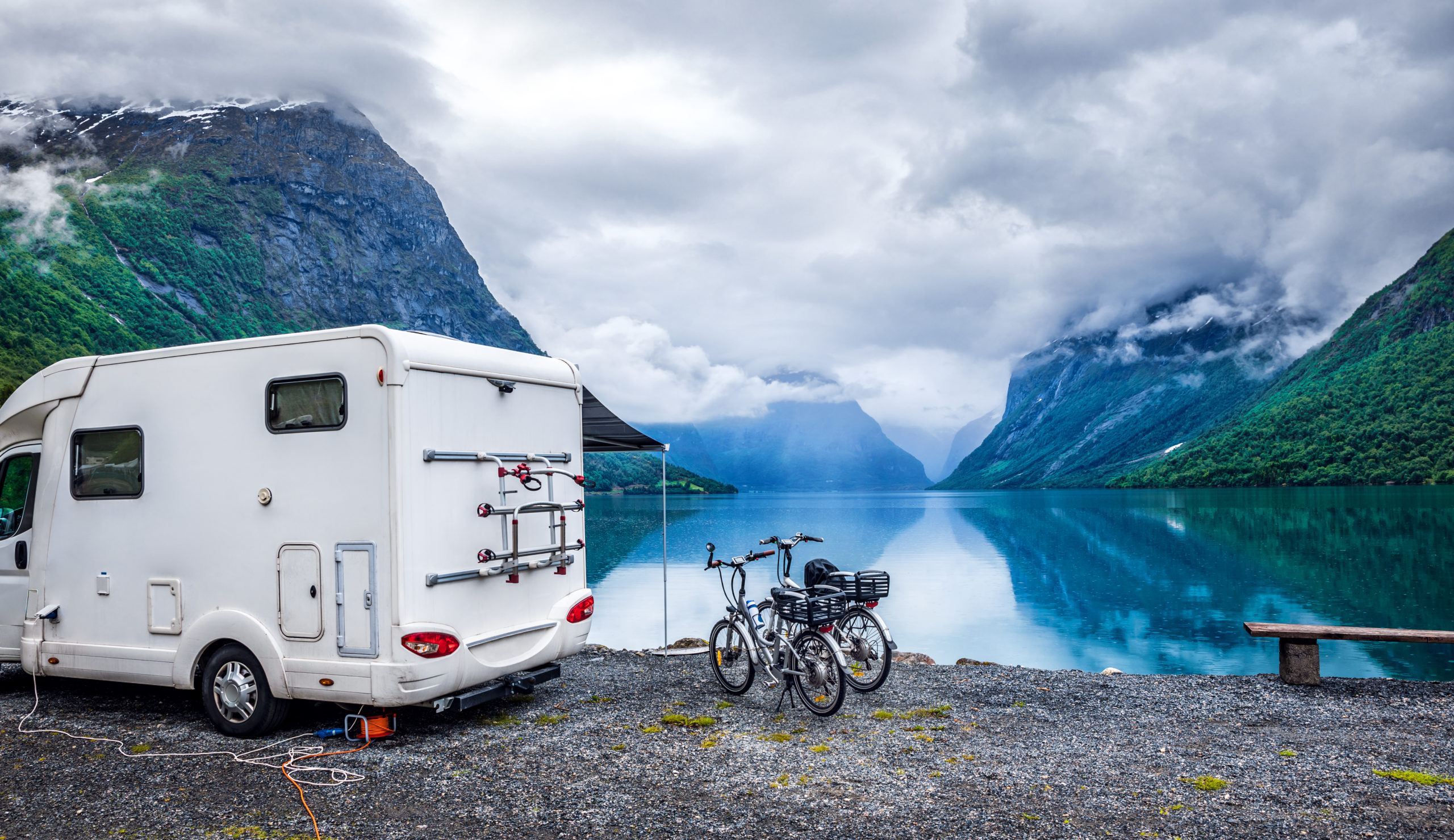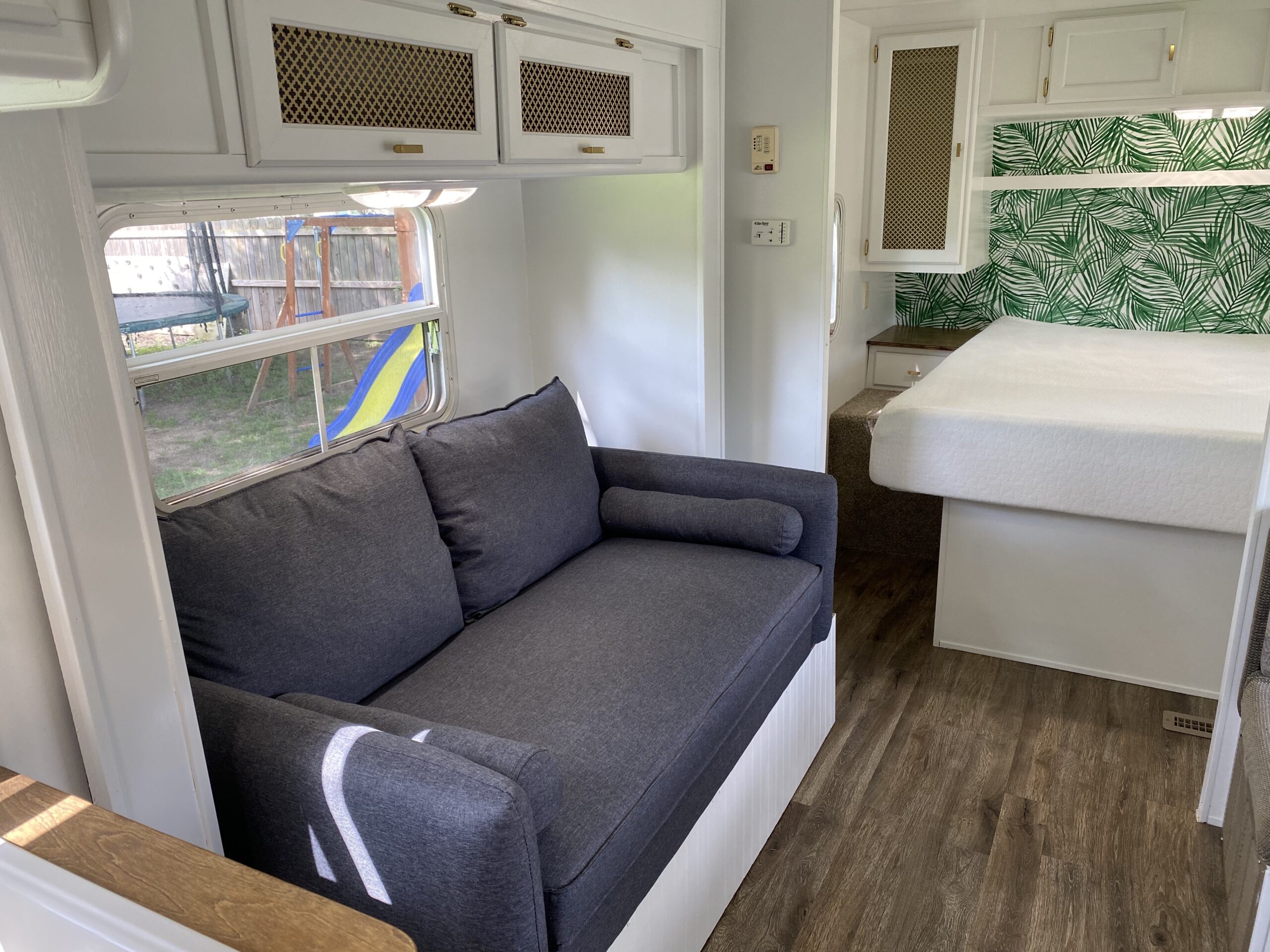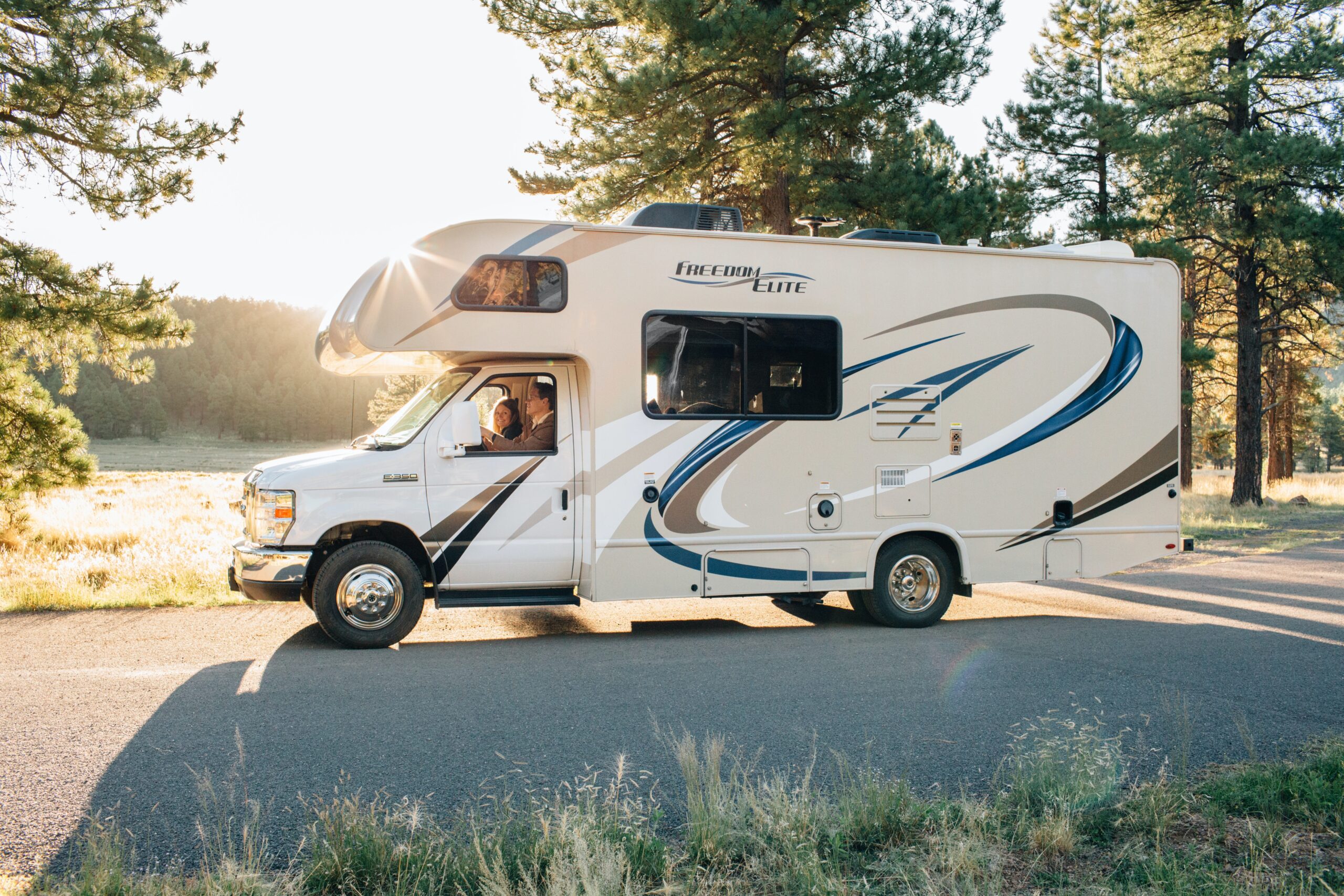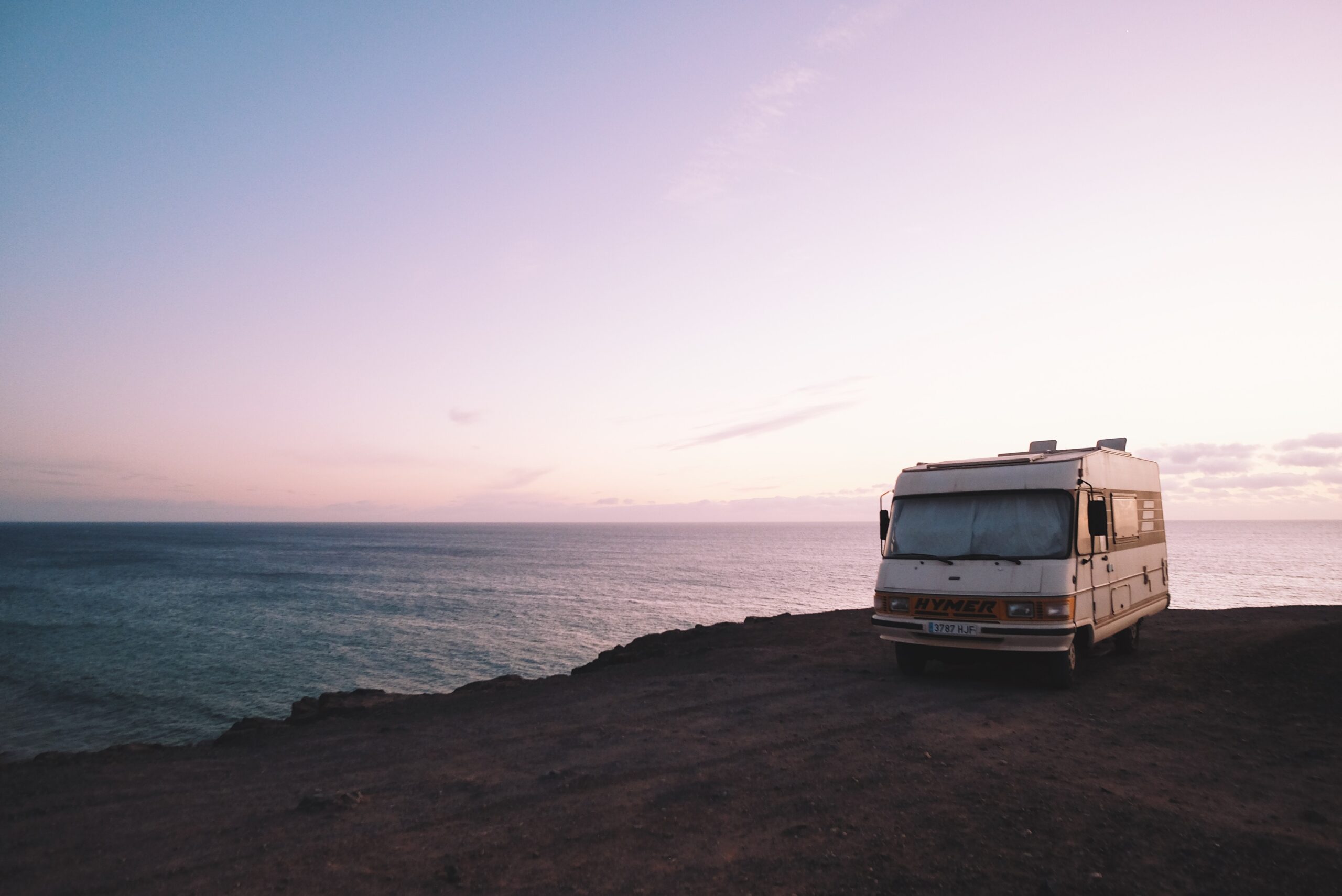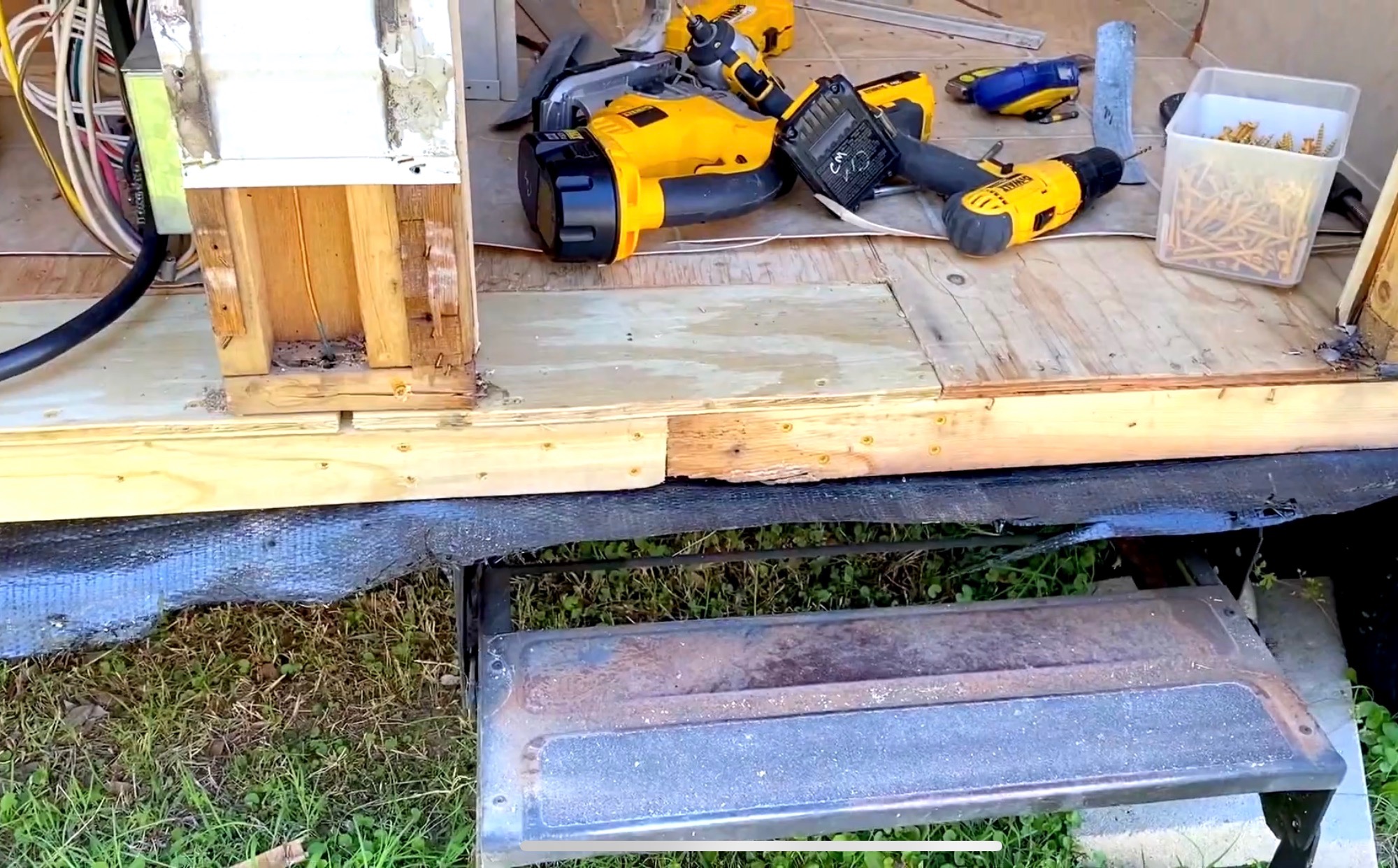Sometimes the water pump might malfunction and drain your freshwater tank.
Luckily, a functional RV’s water tank boasts a safety mechanism to ensure you never run out of fresh water.
RV water pumps come with a one-way check valve behind the city water connection. The valve is designed to hook up to a charged hose bib through a water hose to let in pressurized water from the city into the RV’s plumbing system. It keeps the water pump from draining your tank when dry camping.
The rest of the article will explore topics related to the question in detail, including temporal fixes for a failed check valve, how an RV water pump works, and how to care for an RV water pump.
Temporary Fixes for Failed RV Check Valve

If you hear an RV water pump coming to life when there is no water running in the camper, you might have a check valve problem.
The water pump should only run whenever you flush the toilet or turn on a faucet.
In most cases, you can fix a check valve problem by merely depressing the check valve spring from outside the RV.
That causes some of the water to gush and dislodge any sediments keeping the valve from closing correctly.
If that method doesn’t work, you may need to plug the city water connection to keep water from gushing out, at least until you can get professional help.
Ideally, a male garden hose plug, but if you don’t have one handy, you can substitute with any of the following items:
Water wye valve
Wye valves have two male ends with shutoffs on the outlets.
Plug one of the male ends into the City Water Connection outlet and close the outlets to keep the water from leaking.
If there’s no clearance to screw on the wye valve, connect a water hose to the city water connection and fix the wye valve on the other end of the water hose.
Check out the Water Wye Valve by Camco.
No products found.
Water pressure regulator
Look for a harmless circular item measuring 0.875 inches (2.22 cm) in diameter.
A nickel or a small poker chip will do. Press the disc on the hose washer of the city water hookup and then screw on the pressure regulator as a plug.
Renator’s Water Pressure Regulator Valve is a good option.
No products found.
Water hose
The male end of the water hose can serve as a plug.
Screw the male end into the city water connection and then kink the hose to prevent water from flowing out.
It’s not the best treatment for your water hose, but it will keep you from losing your precious water ration.
See the Premium Drinking Water Hose by Camco.
No products found.
Blowout plug
Just like the wye valve and the pressure regulator, a blowout plug, like the one by Camco’s, screws into the city water hookup.
If you have one with an automotive valve stem, you only need to screw it in place.
If not, follow the same process as using a water pressure regulator.
No products found.
It’s advisable to turn off your water pump whenever you’re leaving your RV as plumbing failures can occur at any time.
The last thing you want is to walk into a flooded RV or an empty potable water tank.
How Does the Water Pump in an RV Work?

The water pump in an RV is powered by the 12V battery and works by detecting a pressure drop in the RV’s plumbing system.
Whenever you flush the toilet or open a tap, the water pressure in the pipes drops.
The water pump detects the change in water pressure and kicks in to pump more water into the pipes to maintain constant pressure.
The pump must be powered on, and there must be sufficient water in the freshwater tank for the system to work flawlessly.
Typically, an RV’s water pump is a diaphragm pump with up to five chambers designed to move water against gravity.
It pumps water from a low-pressure area to a higher pressure level.
An electric motor drives the diaphragm to create suction, and there’s a valve on each side of the chambers.
When the diaphragm expands, it increases in volume and lowers the pressure, which forces the outlet valve to close.
In turn, that opens the inlet valve to allow water to flow into the chamber.
When the diaphragm contracts, it reduces the volume and builds more pressure.
That closes the inlet valve and opens the outlet valve, forcing the water out of the chamber.
The water pumps in RVs are low pressure and low flow and boast self-priming capabilities.
Although these pumps can handle some dry run, you shouldn’t run for too long as it might lead them to sustain some damage.
Since they’re mostly constant speed pumps, the water pumps in RVs cycle on and off, which causes them to pulsate.
Since the pump is designed to maintain constant pressure, it turns off when the pressure reaches the set threshold and turns on again when the pressure falls below the preset figure.
High-end RVs come with variable speed pumps that run quieter because they don’t pulsate.
As a rule of thumb, an RV water pump shouldn’t run unless there’s a water demand, i.e., a flushing toilet or a running tap.
It is safe to turn off the water pump while driving at night and when leaving the RV to eliminate the flooding risk.
RV Water Pump Care and Maintenance
RVs ship with freshwater tanks with a 50 to 200-gallon capacity to ensure that campers access clean water supply between city water hookups.
An RV water pump draws the water from the tank through the plumbing system into the toilet and the faucets.
Here’s a handy video on RV water pump care and maintenance:
Proper care and an RV water pump are key to ensuring flawless operation and a constant clean water supply.
Conduct Annual Inspection
- Clean the filter. The filter is on the pump’s intake side to keep debris from the internal valves. Most filters are removable to let you clean the screen. If your model doesn’t come with one, buy and install an inline filter to prolong the pump’s lifespan.
- Sanitize the freshwater system. When a motorhome sits for an extended period, it leads to algae build up in the water pump, damaging the internal valves. While you can disinfect the fresh water system with household bleach, it can leave an unpleasant aftertaste if it’s not flushed correctly. You’re better off using Purogene to avoid this risk.
- Remove any build-up. Scale can also build upon the valves and diaphragm, leading to leaking back and low flow issues. Be sure to sanitize the RV water system before parking the RV for a long time before the first trip after storage.
You can have a professional carry out the annual inspection, or you can opt to do it yourself.
Winterizing
No products found.
You need to winterize the plumbing system to keep the pump and the plumbing systems freezing during the subzero temperatures.
It entails filling the water systems with an RV nontoxic antifreeze specially designed for the water system in an RV.
Alternatively, you can winterize your RV with compressed air.
Inspect the Water Lines
A visual inspection can help you identify damage and leaks so you can take corrective measures quickly.
Keep an eye out for cracks and kinks on the water lines and ensure that all mounting brackets are secure.
Use a powerful flashlight to examine the water lines before turning on the water.
Then turn on the water and carry another sweep looking for wet spots to reveal hidden cracks.
Use a mirror to see around corners or use your finger to feel for wetness.
Be sure to check the water lines for blockage, leaks, and punctures.
Inspect the pump connection and connectors for damage and repair all the faulty bits.
Conclusion
Typically, an RV home comes with a 50 to 200-gallon freshwater tank to ensure that you have a sufficient supply of fresh water when you’re out in the boondocks.
Each potable water tank is coupled with a water pump equipped with a one-way check valve to keep the water from draining out.
If the check valve in an RV water pump malfunctions, you might lose some of your water supply.
Luckily, plugging the city water hookup can help you stem the water loss.
Proper RV water pump care and maintenance ensure seamless operation and keep the check valve functioning correctly.

